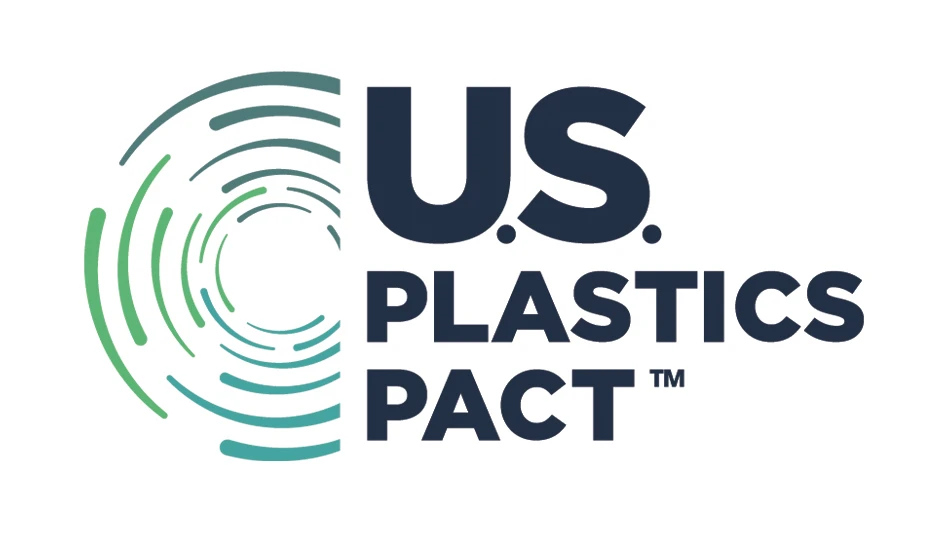During most of 2003, scrap recyclers engaged in processing wire and cable were openly worried about the future of their recycling sector. At the time, brokers representing consuming mills and smelters based in China were making generous offers for copper wire and cable and gaining access to material that formerly went to domestic wire chopping lines.
 |
Fortunately for domestic wire chopping operators, trading patterns have shifted in 2004. Customs, trade and environmental regulations in China have combined to slow down the formerly frenzied buying pace of brokers representing that nation’s consumers. Wire processors are reporting that scrap dealers in the United States are re-establishing trading ties and shipping material their way.
The renewed business—and the renewed confidence—has allowed some wire processors in North America to begin shopping for equipment and system upgrades to keep them competitive and to ensure that they can produce the clean metal choppings desired by consumers of processed copper and aluminum extracted from scrap wire and cable.
RECOVERY ROOM. Companies processing wire and cable have several goals in mind, including recovering as much metal as possible, achieving the purest shipments of metal possible and doing both of these effectively while keeping costs down.
"The goal is lower cost per unit; the lower we can keep our costs, the more competitive we can be," says Larry Mallin of Mallin Bros. Co. Inc., Kansas City, Mo.
Recent gains in volume have allowed Mallin Bros. to upgrade to a larger American Pulverizer shredder on the front end of its production line. Mallin says the company also had to increase its conveying capacity to match.
In terms of additional upgrades, Mallin says that power consumption is less of a cost factor with wire processing than it is for auto shredding or high-volume baling, where power costs can vary greatly depending on the types of engine or motor used, the amount of horsepower (for shredders) or compression force (for balers).
But wire processors are on the lookout for labor savings that can be put in place with automated processing and material handling systems.
With shredding being a key part of wire chopping operations, the cost to replace worn blades is also monitored.
At Shine Bros Inc. in Spencer, Iowa, Toby Shine says the pre-choppers and granulators made by France’s MTB Recycling in use at his facility have demonstrated considerable cost savings because of the extended blade life inherent in the machines.
After material has made its way through the shredders and granulators, a variety of equipment—gravity or air density tables, washing systems, fluidized bed units—can be used to further ensure that metallic choppings shipped to consuming mills are free of plastic
Mallin says that even with the importance of "lowest-cost-per-unit" goals, processors cannot lose sight of product purity benchmarks. "A good system is not judged on how fast it’s running, it’s a matter of how well it’s run for purity," he remarks. "With our quality control, we insist that the product has to be 100-percent pure."
Shine says his company employs a "state-of-the-art washing plant" that gets the "last copper out" of the mixed material stream going through the Shine Bros. wire processing system.
COATINGS QUESTIONS. For wire processors, marketing the copper and aluminum found on the inside is where the money lies.
Whether anything can be done to find a recycling home for the polymer exterior coatings is a matter some wire processors have looked into with mixed results.
In Kansas City, Mallin says flatly of markets for the various materials used on wire and cable exteriors, "We’ve been trying for all these years, and we’re forever looking."
In Iowa, Shine says his company has markets for some types of coatings. "There are a variety of coatings," he notes. "Some we can market, others we can’t."
Processors and recycled plastics brokers who represent them have often approached manufacturers of molded parts as a potential end user of the recovered coatings.
Although extruders may decline to experiment with a product that cannot promise 100 percent purity, makers of molded parts may have some leeway to use the material, and are often willing to take a look at an affordable feedstock.
Auto and truck parts makers have proven willing to use recycled wire coatings in such applications as sound deadening panels, mud flaps and floor mats, according to the American Plastics Council.
ON-SHORE FUTURE. After the frenzied competition for recyclable wire and cable that occurred in 2003 and early 2004, wire processors in the United States are still focusing on the future of their industry.
Reached this summer, Shine noted that, "The last couple of years have been very difficult. We had gone from two shifts to one, but now with Chinese buyers out of the market, we’re back to two shifts." As of that time, Shine said his facility was "loaded with material, and we’re very happy."
But there was also a realization that the market could shift back to where it was when Shine Bros. Co. was struggling to procure material. "It could change tomorrow if Chinese buyers come in the way they did a year ago," he said at the time.
As of September, Mallin also says conditions are "a tremendous amount better" than they had been in 2003. But he, too, sounded a note of caution, adding that conditions were improved, "pure and simply because of the hiccup in the Asian intake" of North American copper scrap.
Domestic wire processors like Mallin and Shine are hesitant to predict whether the return to a healthy flow will be extended or short-lived, but they are hopeful that domestic metals dealers are banding together to keep North American industry healthy.
"I don’t know whether the current improved volume is a permanent thing or not. But I think dealers are really becoming aware of some of the realities of overseas trading," Mallin says, referring in part to the difficulties of making a profit from a rejected shipment or a shipment caught up in customs. "Plus, it could be in their own enlightened interest that, if we can match the offer, they are better off selling it here. Chinese consumers could turn the spigot off entirely tomorrow, and then they are stuck."
For the time being, Mallin says he is glad to see the return of the dealer trade. Both Mallin Bros. Co. Inc. and Shine Bros. Co. bring in material from a wide geographic circle. "We’re in the middle of the U.S. and we have brought material in from Washington state, Oregon and Nevada, as well as from states surrounding Missouri, so it’s a pretty good looking sign."
Says Shine, "It’s a function of freight and price. We’ve reached every coast plus Canada and Mexico. Our basic copper business comes from within a 1,000-mile circle."
The in-bound shipments are welcome at both locations, and domestic wire recyclers are eager to keep them coming in. "Right now I’m sitting here looking at a mountain of wire," says Mallin. "It’s a more comfortable feeling than I had a year ago."
The author is editor of Recycling Today and can be contacted at btaylor@gie.net.
|
Copper Looks Strong |
|
Strong demand from East and South Asia and a low ceiling on new supply sources should keep copper pricing above $1.00 per pound throughout much of next year. That was the opinion of analysts at the Copper Roundtable session of the ISRI Commodity Forum, held in Chicago in late September. Several speakers noted the historic connection between supply deficits and copper pricing, including analyst Thomas Boustead of Refco LLC, New York. Predicting a supply deficit of more than 500,000 metric tons this year and another 250,000 metric tons next year, Boustead says this situation is causing consumers to work their way through inventories built up earlier this decade. "Deficits don’t always have to imply high prices," Boustead remarked, adding that, "These markets are forward looking," and that the demand side of the equation has to be examined. The biggest factor on the demand side is China, where even a slowdown in economic growth will not change the fact that the country has become a major consumer of copper scrap and finished copper. These are variables that could keep copper at the lower end of a $1.10 to $1.45 price range for copper that Boustead sees for the first quarter of 2005. Bruce Blue of Freedom Metals, Louisville, Ky., said that the higher pricing is bringing more copper-based scrap into his nonferrous scrap processing facility. "The volumes have just skyrocketed," he said. "There’s nothing to it but the price. When the price goes high enough, everybody unloads. Copper is easy to purchase and easy to sell right now," he said, adding that number one copper is moving quickly to domestic consumers and that "exporters are calling again" for number two copper. Ian Holden of Noranda Inc., Toronto, reported that electronic scrap is yielding feedstock for his company’s smelters, including 15 percent of the copper the company needs. The scrap is needed because "significant new sources of [mined] copper are really a long way off," he said. Holden’s review of forecasts for copper pricing show predicted 2005 average prices ranging from 88 cents per pound on the low end up to $1.35 on the high end. The median average in forecasts, he said, was $1.17 per pound. Stephen Ruth of the Phelps Dodge Magnetic Wire Division, Fort Wayne, Ind., also said the copper supply deficit that is fueling higher prices in 2004. He said that as of now world copper inventory amounts to less than four weeks of supply, a low not seen since 1996. "The price has reacted accordingly, as we would suppose," said Ruth. "It really is supply and demand at its most basic." |

Explore the October 2004 Issue
Check out more from this issue and find your next story to read.
Latest from Recycling Today
- NRC seeks speakers for October event
- LME identifies Hong Kong warehouses
- Greenville, Mississippi, launches aluminum can recycling program
- Cotton Lives On kicks off 2025 recycling activities
- Georgia-Pacific names president of corrugated business
- Sev.en Global Investments completes acquisitions of Celsa Steel UK, Celsa Nordic
- Wisconsin Aluminum Foundry is a finalist for US manufacturing leadership award
- MetalX announces leadership appointments





